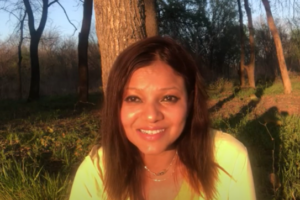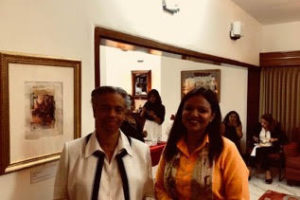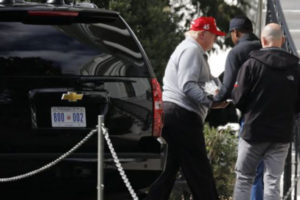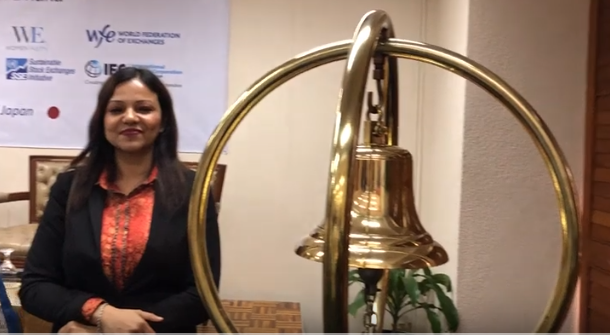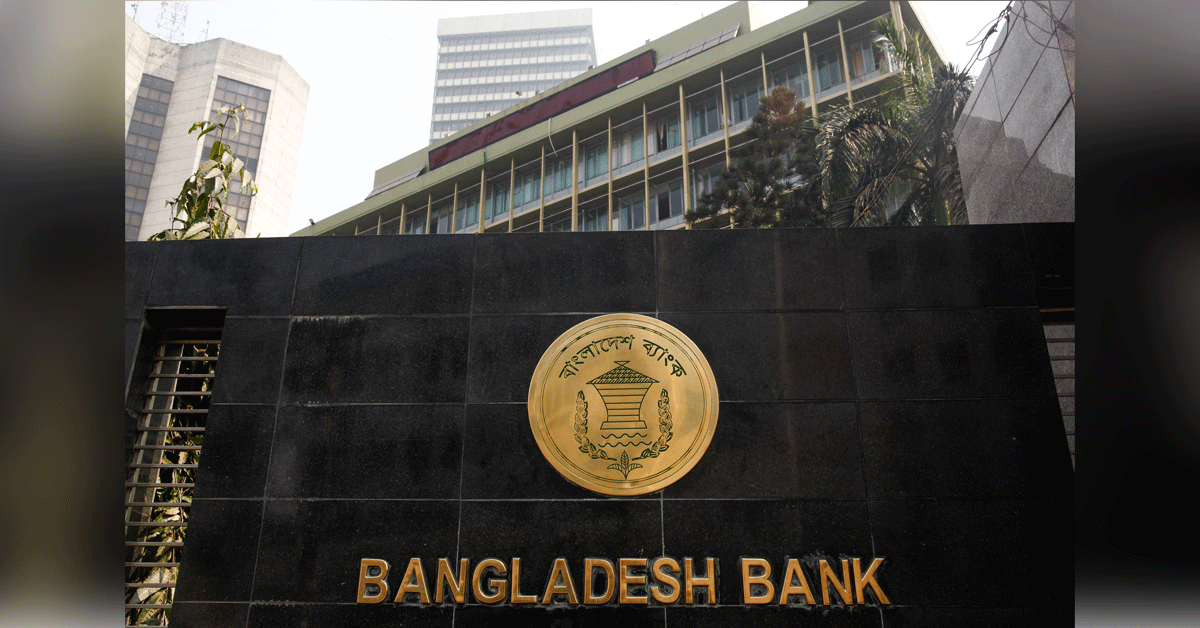Five rockets were launched from the Gaza Strip into Israel, prompting Israeli tanks to respond by firing on Hamas military posts early Sunday, hours after a massive Palestinian protest along the border between Israel and Gaza.
The rocket attack and Israeli response did not cause any casualties, according to the Israeli army and witnesses in Gaza.
The Israeli tanks fired at Hamas posts in the central Gaza Strip and east of Gaza City, witnesses said.
Tens of thousands of Gazans earlier gathered at the Israeli border to mark a year since protests and clashes erupted there, but fears of mass bloodshed were averted after late Egyptian-led negotiations.
Four Palestinians were killed by Israeli fire, one during a demonstration ahead of the main rally and three 17-year-olds in clashes later Saturday, the health ministry in Gaza City said. Another 316 Gazans were wounded.
But fears of a repeat of similar protests and clashes to those that saw more than 60 Palestinians killed on May 14, when the United States transferred its Israel embassy to Jerusalem, did not materialise.
Israel deployed several thousand troops along the border, with the anniversary coming at a sensitive time ahead of its April 9 elections.
Egypt tried to mediate between Israel and Gaza’s Islamist rulers Hamas to rein in violence.
Hamas officials say an understanding was reached that would see Israel ease its crippling blockade of Gaza in exchange for the protests remaining calm.
Tens of thousands gathered at five protest points along the frontier but the vast majority stayed away from the border fence.
East of Gaza City, small groups of young men approached the fence and sought to break it multiple times but were forced back by Israeli tear gas and live fire.
The protesters threw stones at the Israeli soldiers.
An Egyptian security delegation visited the protest site east of Gaza City, as did Hamas leaders Ismail Haniya and Yahya Sinwar.
Israel’s army said around 40,000 “rioters and demonstrators” had gathered in spots throughout the border.
It said grenades and explosive devices were hurled at troops, who responded “in accordance with standard operating procedures”.
– Negotiated calm –
Protesters were marking the first anniversary of often violent weekly demonstrations in which around 200 Palestinians and an Israeli soldier have been killed.
At least 50 Palestinian children have been killed in Gaza since the protests began, charity Save the Children said.
In the run-up to the anniversary, long-time mediator Egypt had shuttled back and forth in a bid to avoid major bloodshed.
Senior Hamas official Bassem Naim called Saturday’s protest “a very important message” that thousands had gathered “peacefully to raise their voice against aggression and the imposed siege on Gaza”.
He confirmed that Egypt had made progress towards a deal that media reports said would see Israel allow more Qatari aid into the strip and ease some restrictions.
In exchange Hamas would maintain calm at the border protests.
Khalil al-Hayya, another senior figure in the Islamist movement, said they were expecting to receive a timetable from Israel on Sunday. There was no Israeli comment on the alleged agreement.
Israel goes to the polls in a keenly contested general election on April 9 in which Prime Minister Benjamin Netanyahu faces a stiff challenge from centrist former military chief Benny Gantz.
He is widely seen as wanting to avoid a major escalation, but has faced accusations of being soft on Hamas, including from former defence minister Avigdor Lieberman, who resigned in November the day after an Egyptian-brokered ceasefire was agreed.
The anniversary came only days after another severe flare-up between Israel and Hamas, sparked by a rare long-range rocket strike from Gaza that struck north of Tel Aviv. An Egyptian-brokered ceasefire restored calm.
The demonstrators are calling for Palestinians to be allowed to return to land their families fled or were expelled from during the 1948 war that accompanied Israel’s creation.
Israel says any such mass return would spell the end of a Jewish state and that its actions have been necessary to defend the border.
It accuses Hamas of orchestrating violence, but its soldiers’ use of live fire has come under heavy criticism.
In February a United Nations probe said Israeli soldiers had intentionally fired on civilians in what could constitute war crimes.
Two million Palestinians live in impoverished Gaza, crammed between Israel, Egypt and the Mediterranean.
Analysts highlight desperate living conditions and lack of freedom of movement as driving forces behind the protests.
Israel, which has fought three wars with Hamas, has blockaded the enclave for more than a decade, and Egypt often closes Gaza’s only other gateway to the outside world.
Hamas is considered a terrorist group by the United States, European Union and others.
Many protesters over the past year have remained far back from the fence and demonstrated peacefully, but others have approached in numbers and clashed with soldiers.
Small groups have attached incendiary devices to balloons to float them over the border in an attempt to set fire to nearby Israeli homes and farmland.






